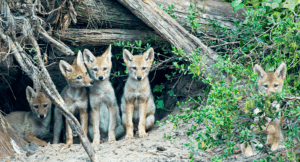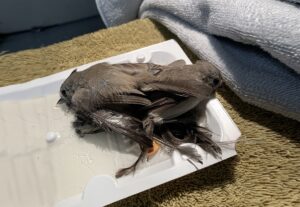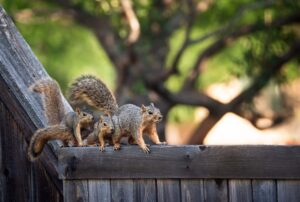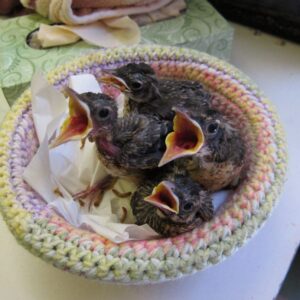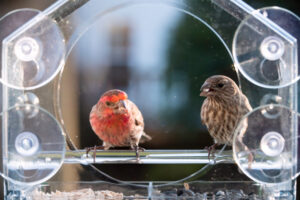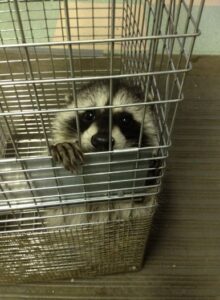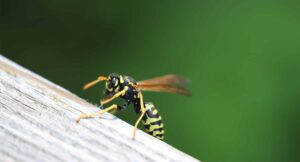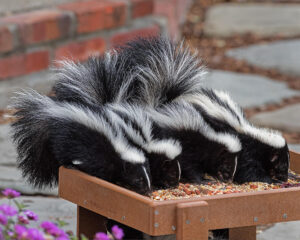Living with Wildlife
The catastrophic fires in Los Angeles have put fire safety and the need to prepare our homes for fire at the top of everyone’s priority list this January.This heightened awareness is good because it will help reduce the risk of wildfires in our neighborhoods, and also because doing fire mitigation work NOW will help baby…
Read MoreArticle and photos by Janet KesslerCoyote pupping season lasts from approximately February through the fall, and during this time, protective coyote parents are very concerned about the safety of their family.The main point to understand about coyote denning behavior is that it is protective territorial messaging behavior, not unprovoked aggression, although that is how it…
Read More© Yasmin / Adobe Stock Installing this barrier properly will prevent digging animals from accessing this tempting den site. This method keeps out rats as well. Dig a trench around the deck, at least 12″ – 18″ deep (below ground level.) and then attach ¼” wire mesh (hardware cloth) to the bottom of your…
Read MoreWild babies need trees… maybe even yours! Is there a tree or bush in your yard that needs some pruning? Planning to trim it this weekend? WildCare asks you to please stop and consider the time of year– if it’s spring or summer, animals of all species may be using your tree as a nursery even…
Read MoreProtect Songbirds from Salmonella Poisoning © Andriy Blokhin / Adobe Stock Click to download and share this infographic! An outbreak of avian salmonellosis has killed untold numbers of songbirds in the Bay Area. Please take down your birdfeeders IMMEDIATELY if you see sick or dead birds in your yard! Update April 28, 2021: It has…
Read MoreTrapping doesn’t solve a nuisance animal problem. Animals are attracted to your property because it provides something they want and need. Usually what attracts them is access to FOOD, WATER or SHELTER.
Read MoreThe aggressive wasps known as Yellow Jackets are carnivorous, and can be menacing creatures when it comes to a showdown over the picnic table. They are often mistaken for bees, and sometimes are even called “meat bees”.
Read MoreIf cornered by a persistent attacker, the skunk will arch its back, raise its fur and stick its tail straight up into the air. This makes the skunk appear to be bigger and more ferocious.
Read More

